Wir hoffen, Ihr findet Eure Süßigkeiten und Eier im Garten auch bei eher winterlichem Wetter. Wenn nicht, dann haben wir hier für Euch wie jeden Sonntag ein paar kleine Leckereien zusammengestellt. Frohe Ostern!
Fotospecial: „Alle Vöglein sind schon da …“
Flickr








500px








Deutschsprachig
• Der Körper als Erzählung: Ralf Mitsch fotografiert tätowierte Menschen und DIE ZEIT hat ihm ein Feature gewidmet. Übrigens sucht Mitsch für sein Buch noch einen Verleger.
• Vor zehn Jahren verlor eine US-Amerikanerin ihre Kamera beim Tauchen vor Hawaii. Jetzt kann sie sie in Taiwan wieder abholen.
• Die Fotografin Maya Alleruzzo hat berühmte Plätze Bagdads besucht und vergleicht Bilder von damals und heute.
• Was bleibt von einem Menschen, wenn er stirbt? Die Fotografin Sarah Hildebrand hat zehn Jahre lang Wohnungen besucht, ehe sie entrümpelt wurden.
• Der spanische Fotograf Joan Fontcuberta erhält den Hasselbladpreis für seine wirklich ganz großartigen Bilder.
International
• „Der Kampf, den wir uns nicht ausgesucht haben“: Schon kurz nach ihrer Heirat wird bei Jennifer Brustkrebs diagnostiziert. Ihr Mann hält die folgenden vier Jahre Leben mit seiner Frau und dem Krebs fotografisch fest.
• Ignant zeigt Honkey Kong von Christian Åslund – ein erheiterndes, von der 2D-Grafik früher Computerspiele inspiriertes Fotoprojekt.
• Popphoto zeigt, wie man aus einer knuffigen Nex eine digitale Mittelformatkamera macht.
• Kennt Ihr schon die Hyper-Collagen von Jim Kazanjian? Verblüffend real und doch nicht echt.
• Interieurfotografie mal anders. Menno Aden hat Berliner Innenräume aus der Vogelperspektive aufgenommen.
• Sun & Cloud: Die erste digitale Kamera, für die man dank Kurbel und Solarzelle nicht immer Ersatzakkus herumtragen muss.
• Tipps für Fotografen, die mit Modellen arbeiten: „Dear Photographer … Kindest regards, Model. xxx“
• Dieser Fotograf verwandelt rostige Feuerhydranten in Planeten.
• Urlaub geplant? Tauchkurs auch? Auf QKPix gibt’s dazu die passende Kurzanleitung zur Unterwasserfotografie.
• Landschaftsfotografie: Max Rive klettert in Europa über Berg und Tal und dabei entstehen wundersame Aufnahmen.
• Instant Addicts haben den neuen Großformat-Polaroid-Film PQ 8×10 Color Shade getestet, der von Impossible in einer sehr kleinen Auflage an Pioniere verteilt wurde.
• Wer Fotografen wie bezahlt, kannst Du in diesem Tumblr-Blog nachlesen. Da muss man erst einmal schlucken.
Neuerscheinungen und Tipps vom Foto-Büchermarkt

• Tim Hölschers „Experimentelle Wege zum Bild“* zeigt seine Werke von 2007 – 2012. Ob Bunker und Kirchtürme, die zur Lochkamera umgebaut wurden, lichtempfindliche Materialien oder einfach historische Tankstellen, die digital in ihren Originalzustand zurückversetzt wurden – der Buchtitel hält, was er verspricht. Für 19,80 € ist ein signiertes Exemplar auch beim Fotografen selbst erhältlich.
• Sabine von Breunig war in der „Geisterstadt: Sperrzone Wünsdorf“* unterwegs, die eine einhundertjährige militärische Geschichte hat und nun als nach und nach verfallender Ort auch fotografisch fasziniert. Tipp für Liebhaber des Genres Lost Places. Auf 160 Seiten gibt’s Fotos satt.
Videos
Galerie und Fotostudio zugleich – Photobooth in San Francisco portraitiert Menschen im Nassplatten-Verfahren.
Was für Sprüche man so als Fotograf während Shootings hört.
Einfach mal ein paar GoPro Heros nebeneinanderstellen und nette 3D-Effekt damit einfangen.
Ausstellungen
Gudrun Kemsa – Urban Stage
Zeit: 1. Februar – 5. April 2013
Ort: Galerie Bernd A. Lausberg, Hohenzollernstr. 30, 40211 Düsseldorf
Link
Man Ray | Christer Strömholm
Zeit: 2. Februar – 6. April 2013
Ort: Kicken Berlin, Linienstraße 161A, 10115 Berlin
Link
Ralph Schulz: „Rekonstruktion unbekannter Interieurs“
Zeit: 8. März – 6. April 2013
Ort: pavlov’s dog, Bergstraße 19, 10115 Berlin
Link
Hans-Christian Schink „T?hoku“
Zeit: 26. Januar – 6. April 2013
Ort: Galerie Rothamel, Kleine Arche 1A, 99084 Erfurt
Link
Robby Marias Booklet-Fotografien für sein neues Album „Metropolis“
Zeit: 23. März – 6. April 2013
Ort: Luxad, Mommsenstraße 42, Berlin
Link
Hartmut Neubauer. Eintracht Braunschweig in den 1970er Jahren
Zeit: 1. Februar – 7. April 2013
Ort: Museum für Photographie, Torhäuser, Helmstedter Straße 1, Braunschweig
Link
Begegnung der Bilder. 25 Jahre Sammlung Photographie
Zeit: 3. Februar – 7. April 2013
Ort: Stiftung Moritzburg, Friedemann-Bach-Platz 5, 06108 Halle
Link
AFORK: 10 Jahre – 10 Fotos
Zeit: 2. Februar – 7. April 2013
Ort: Museum Kunstpalast, Ehrenhof 4-5, 40479 Düsseldorf
Link
Oliver Kern – Die deutsche Aussicht.
Zeit: 28. Februar – 12. April 2013
Ort: FREELENS Galerie, Steinhöft 5, 20459 Hamburg
Link
angenommen, dass…
Zeit: 13. März – 12. April 2013
Ort: Galerie der Künstler, Maximilianstraße 42, 80538 München
Link
Von Freiheit zu Grenzen // 8 fotografische Positionen
Zeit: 22. Februar – 12. April 2013
Ort: Stadthausgalerie Münster, Platz des Westfälischen Friedens, 48143 Münster
Link
Jim Rakete – Vertigo
Zeit: 13. Februar – 13. April 2013
Ort: Münzing Claassen, Holsteinische Str. 29, 10717 Berlin
Link
Gerda Schütte „Photogrammes“
Zeit: 1. März – 13. April 2013
Ort: Semjon Contemporary, Schröderstr. 1, 10115 Berlin
Link
HINTERLASSENSCHAFTEN – André Baschlakow
Zeit: 3. März – 13. April 2013
Ort: kunstraum FRÖAUF, Fröaufstr. 7, 12161 Berlin
Link
ERIC MARRIAN Nude | Carré Blanc · Javel
Zeit: 14. März – 13. April 2013
Ort: immagis Galerie, Franziskanergasse 1, 97070 Würzburg
Link
Manfred Hamm – Konzerthäuser und andere Räume
Zeit: 16. März – 14. April 2013
Ort: Kunst- und Gewerbeverein, Ludwigstraße 6, 93047 Regensburg
Link
Kleiden – Verkleiden. Bilder aus der fotografischen Sammlung
Zeit: 2. Februar – 14. April 2013
Ort: Museum Folkwang, Museumsplatz 1, 45128 Essen
Link
Horst Hamann. AMERICA
Zeit: 22. März – 14. April 2013
Ort: AusstellungsHalle, Schulstraße 1A, 60594 Frankfurt/Main
Link
Mehr aktuelle Ausstellungen
* Das ist ein Affiliate-Link zu Amazon. Wenn Ihr darüber etwas bestellt, bekommen wir eine kleine Provision, Ihr bezahlt aber keinen Cent mehr.

kwerfeldein – Fotografie Magazin
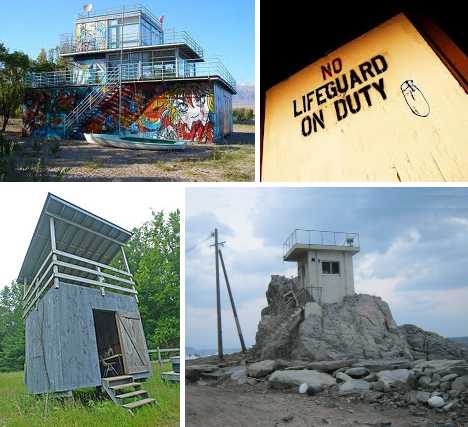
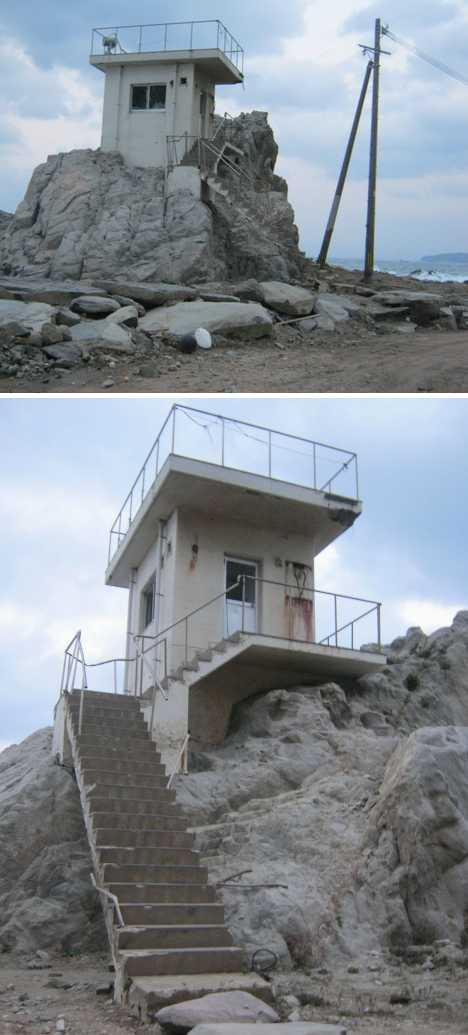 (images via: Another Tokyo)
(images via: Another Tokyo)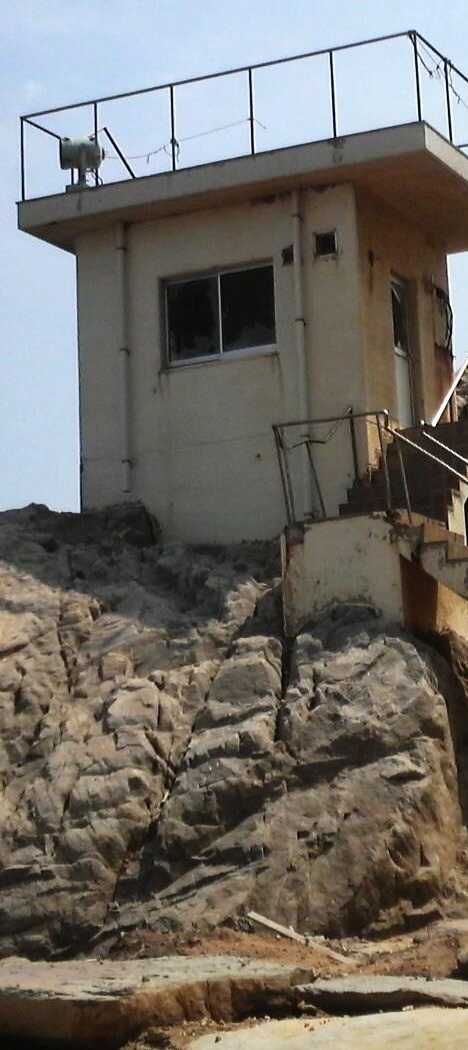 (image via: Catching Fish With Fish)
(image via: Catching Fish With Fish)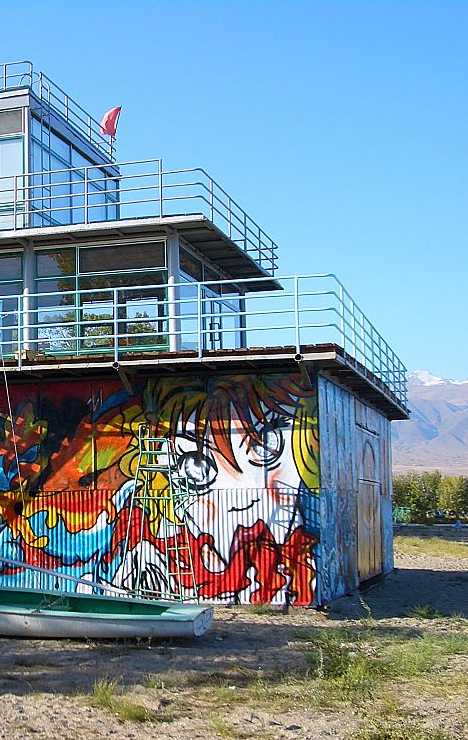 (image via: Wikipedia/Vmenkov)
(image via: Wikipedia/Vmenkov)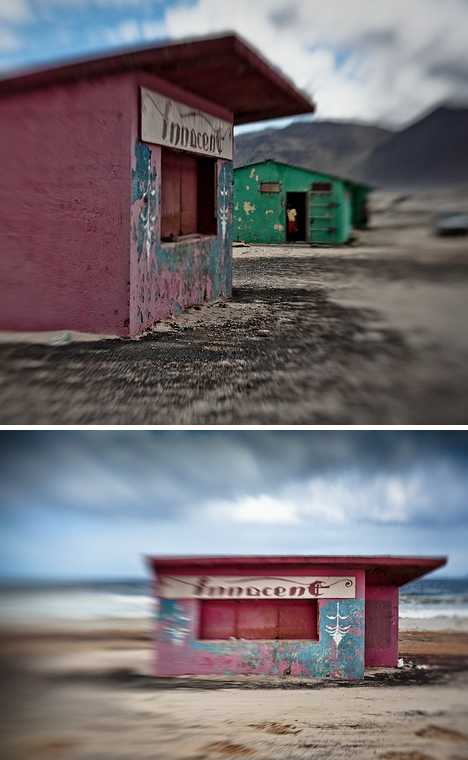 (images via: Sandra Maytham-Baily)
(images via: Sandra Maytham-Baily)



![]()


 In my photography workshops, I often show my portfolio to introduce myself before the class begins. After showing a few pictures, someone will inevitably raise their hand and ask, “How did you shoot that one?” I tell them the answer, but then I show them how to practice guessing camera settings so they will know what to use in any situation.
In my photography workshops, I often show my portfolio to introduce myself before the class begins. After showing a few pictures, someone will inevitably raise their hand and ask, “How did you shoot that one?” I tell them the answer, but then I show them how to practice guessing camera settings so they will know what to use in any situation.


















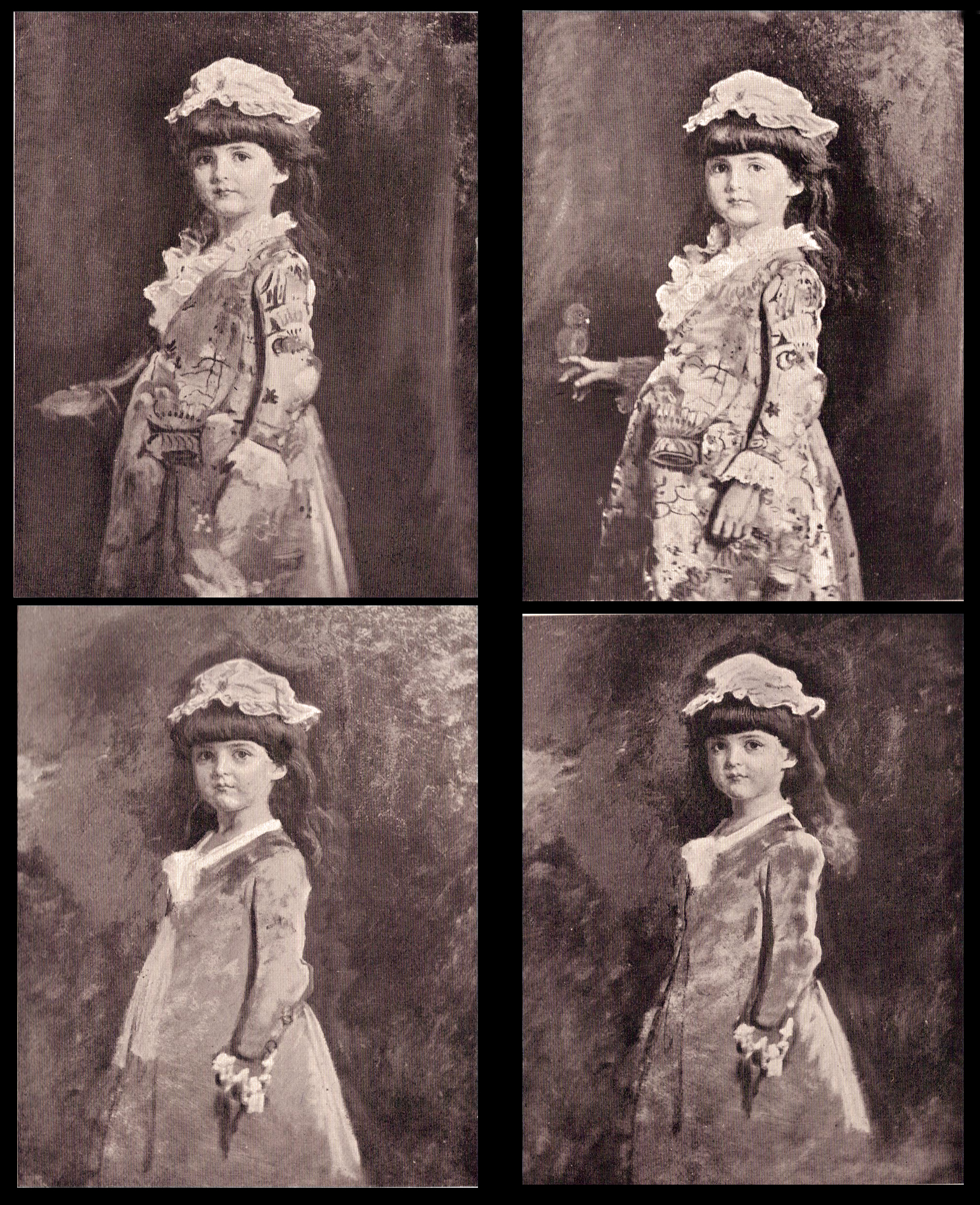
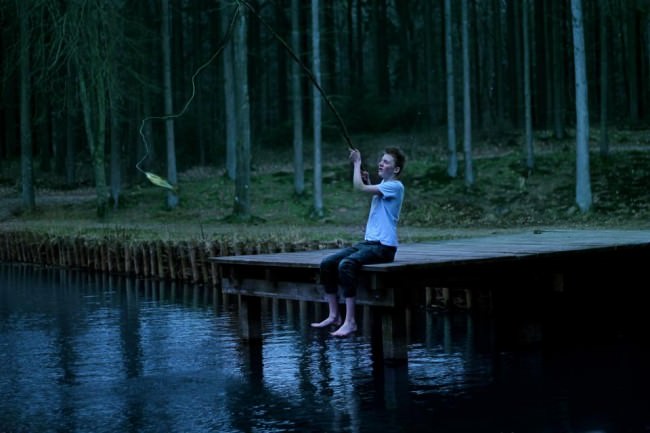
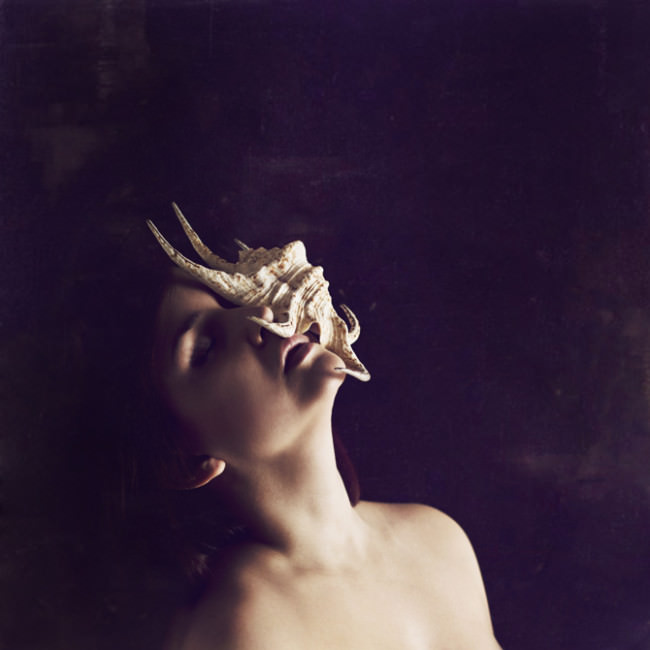
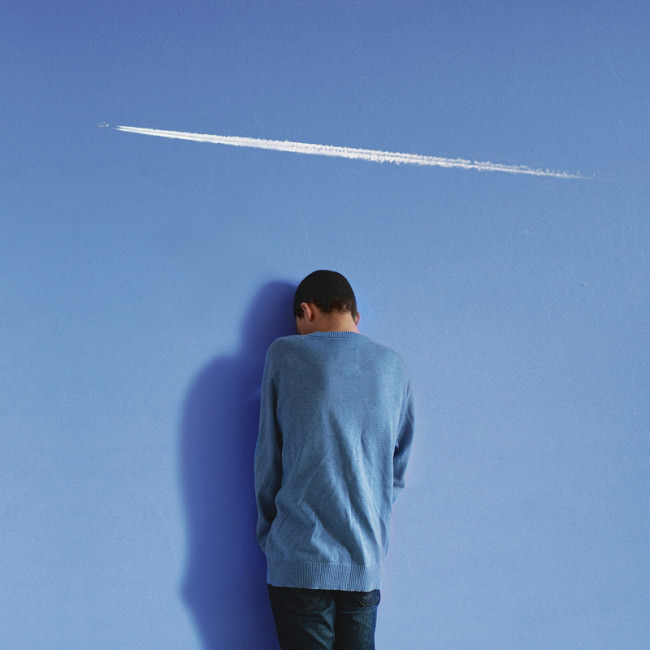

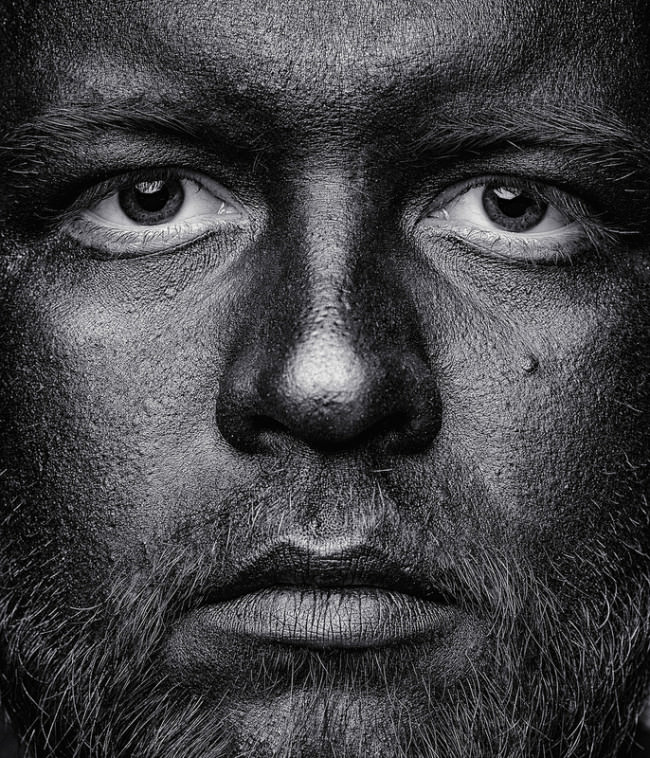
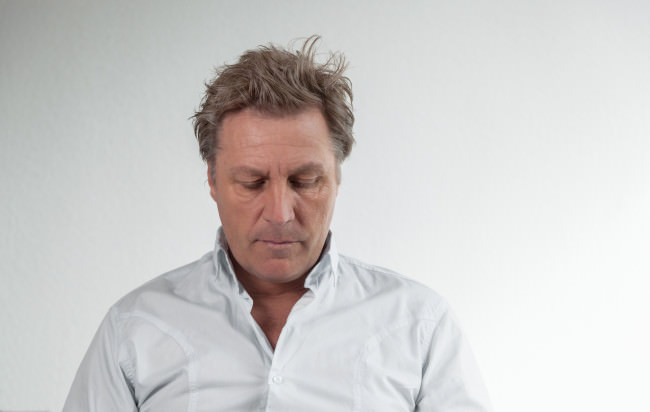


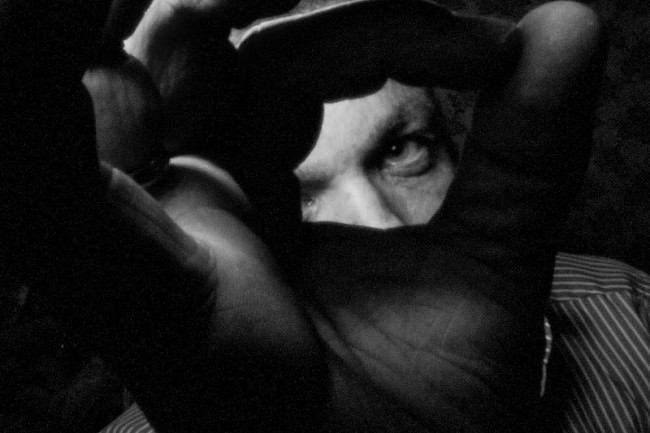
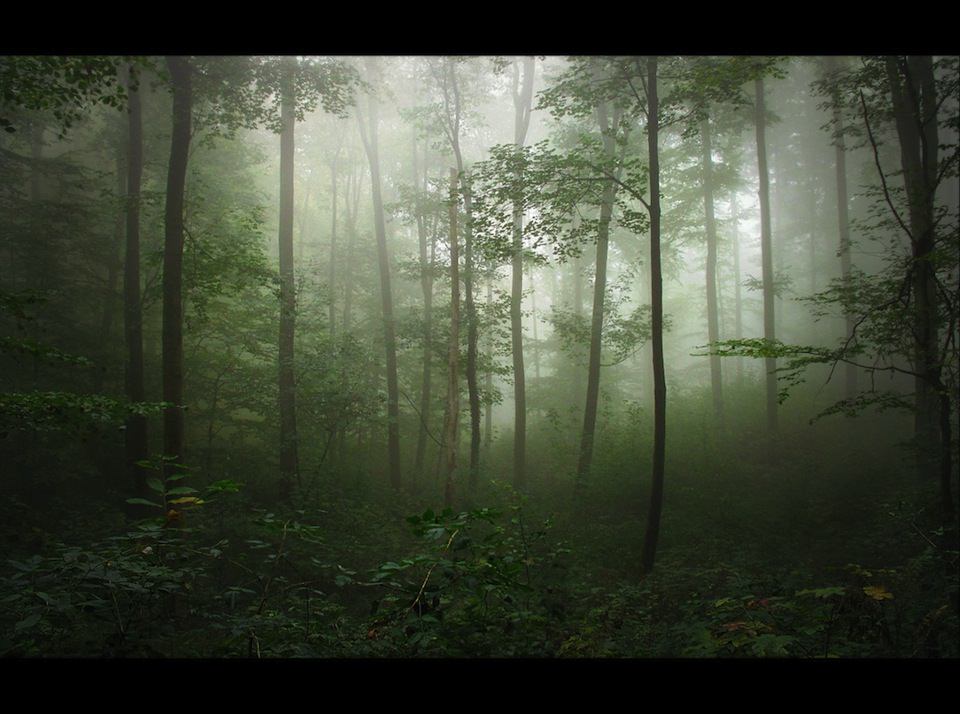

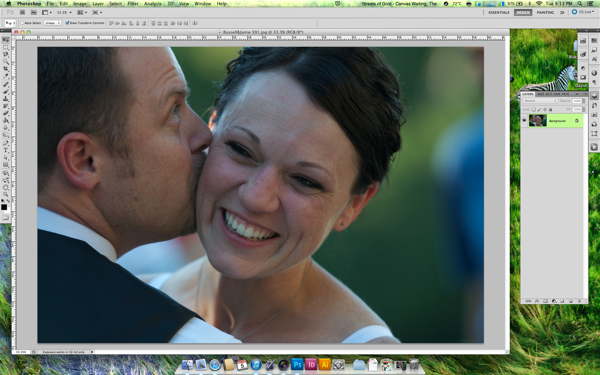
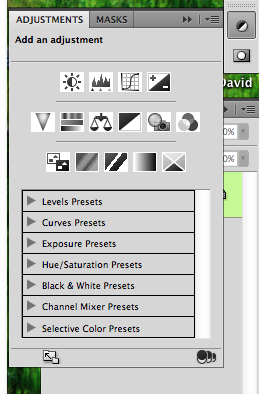 Next, most people would try to go to the top menu, go to Image>Mode and change the color profile to “Grayscale.”
Next, most people would try to go to the top menu, go to Image>Mode and change the color profile to “Grayscale.”  Once you’ve clicked this, you should see adjustments for the value of each color (see image). Notice that Photoshop has kept track of colors in the image. It’s just displaying them as b&w, but your keeping the information in tack.
Once you’ve clicked this, you should see adjustments for the value of each color (see image). Notice that Photoshop has kept track of colors in the image. It’s just displaying them as b&w, but your keeping the information in tack. 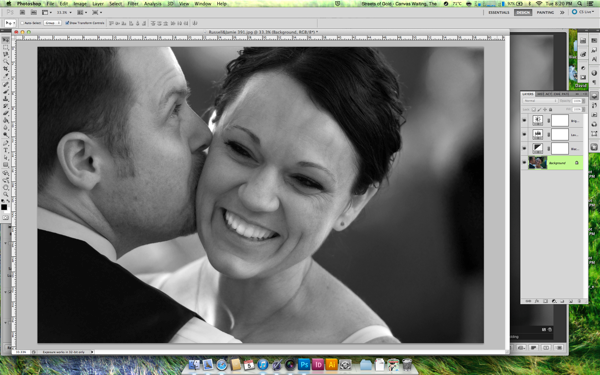

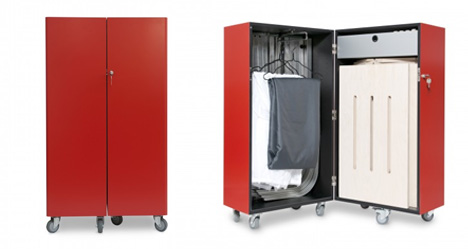
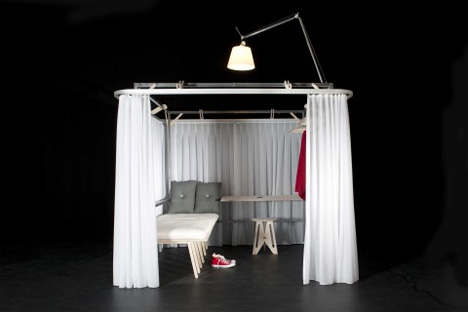
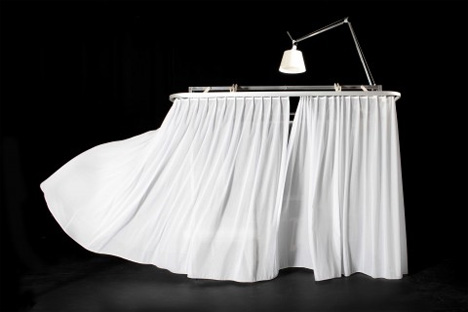
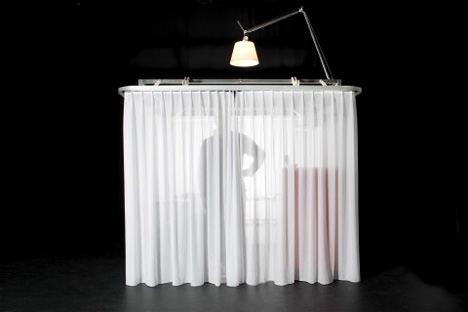

You must be logged in to post a comment.